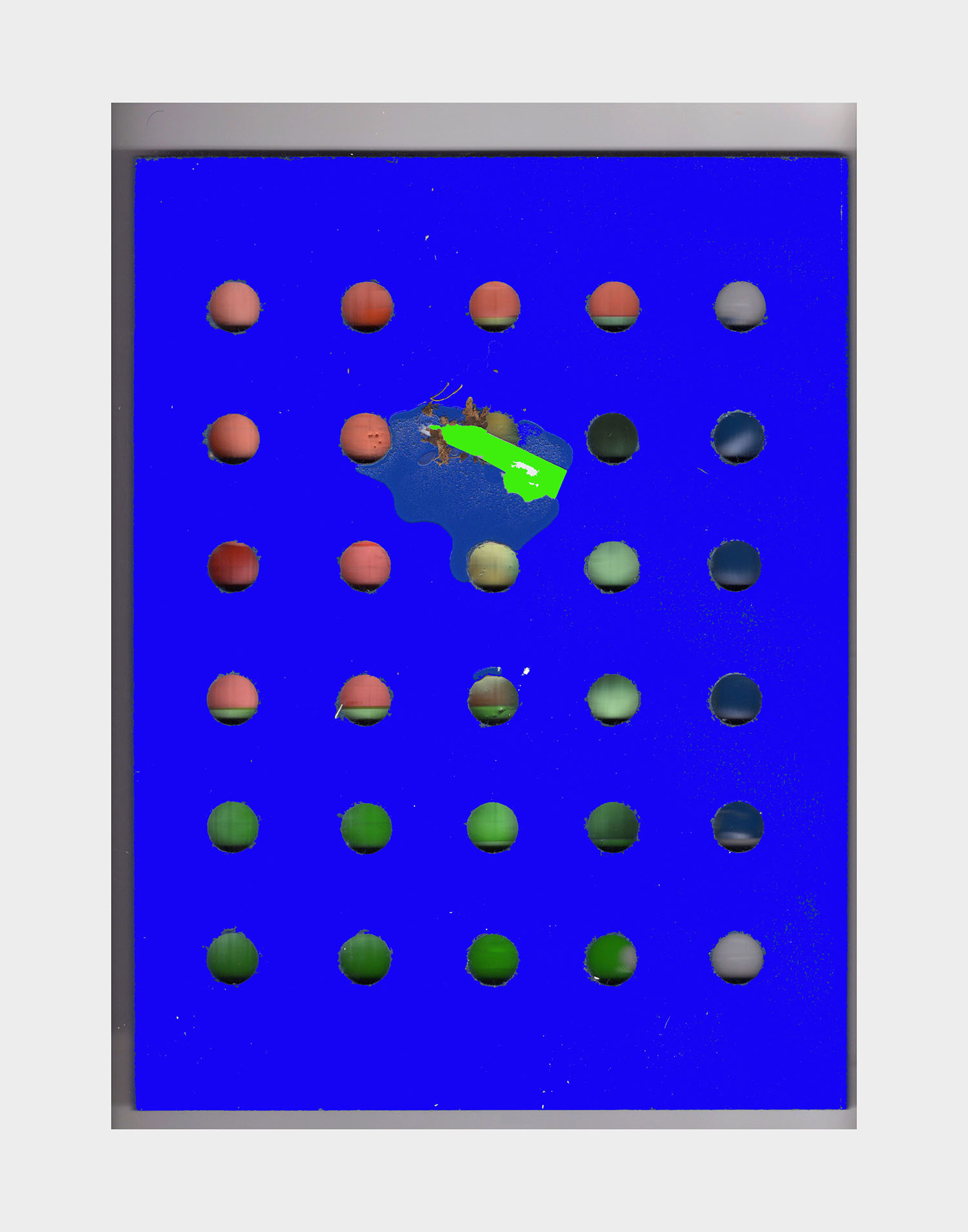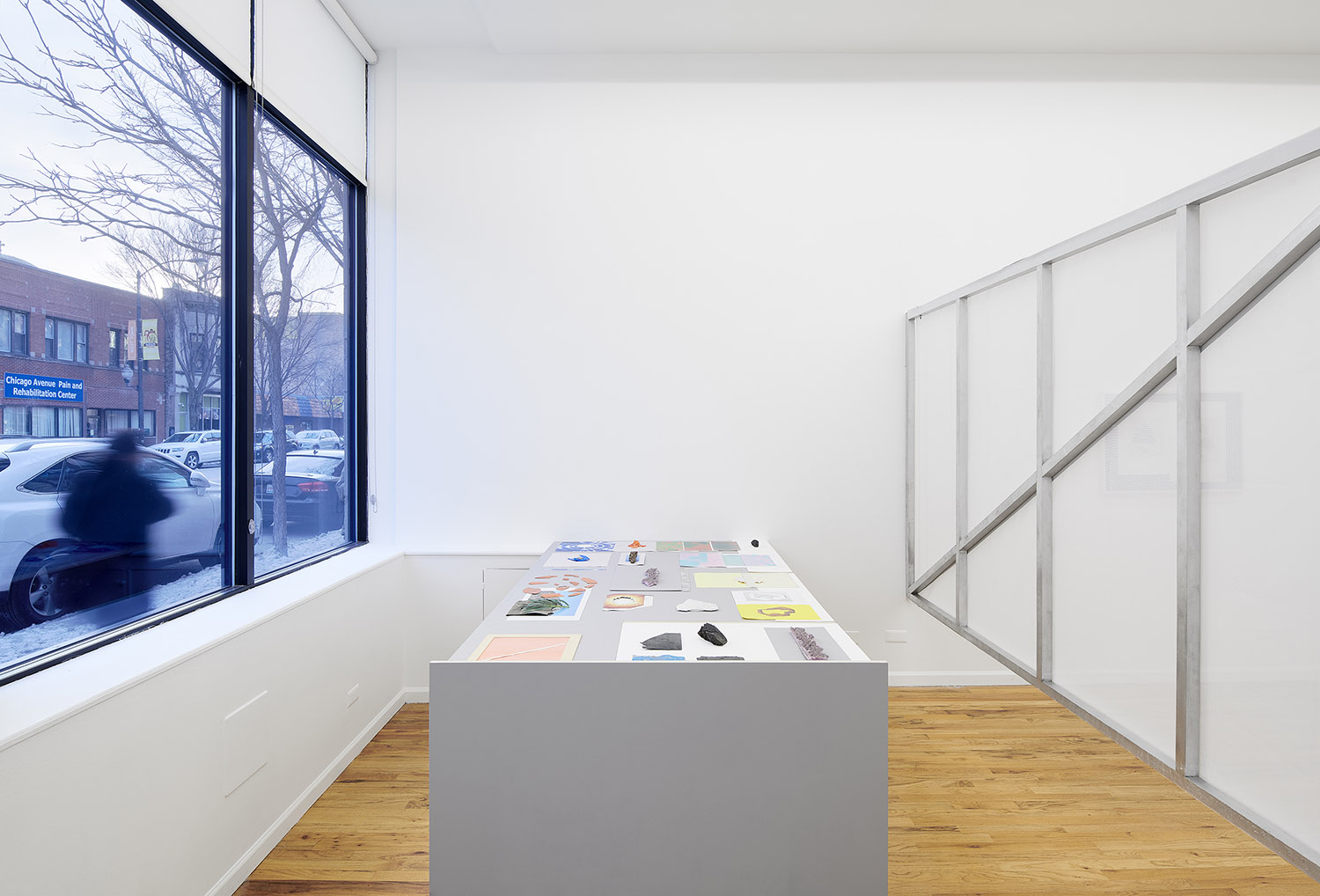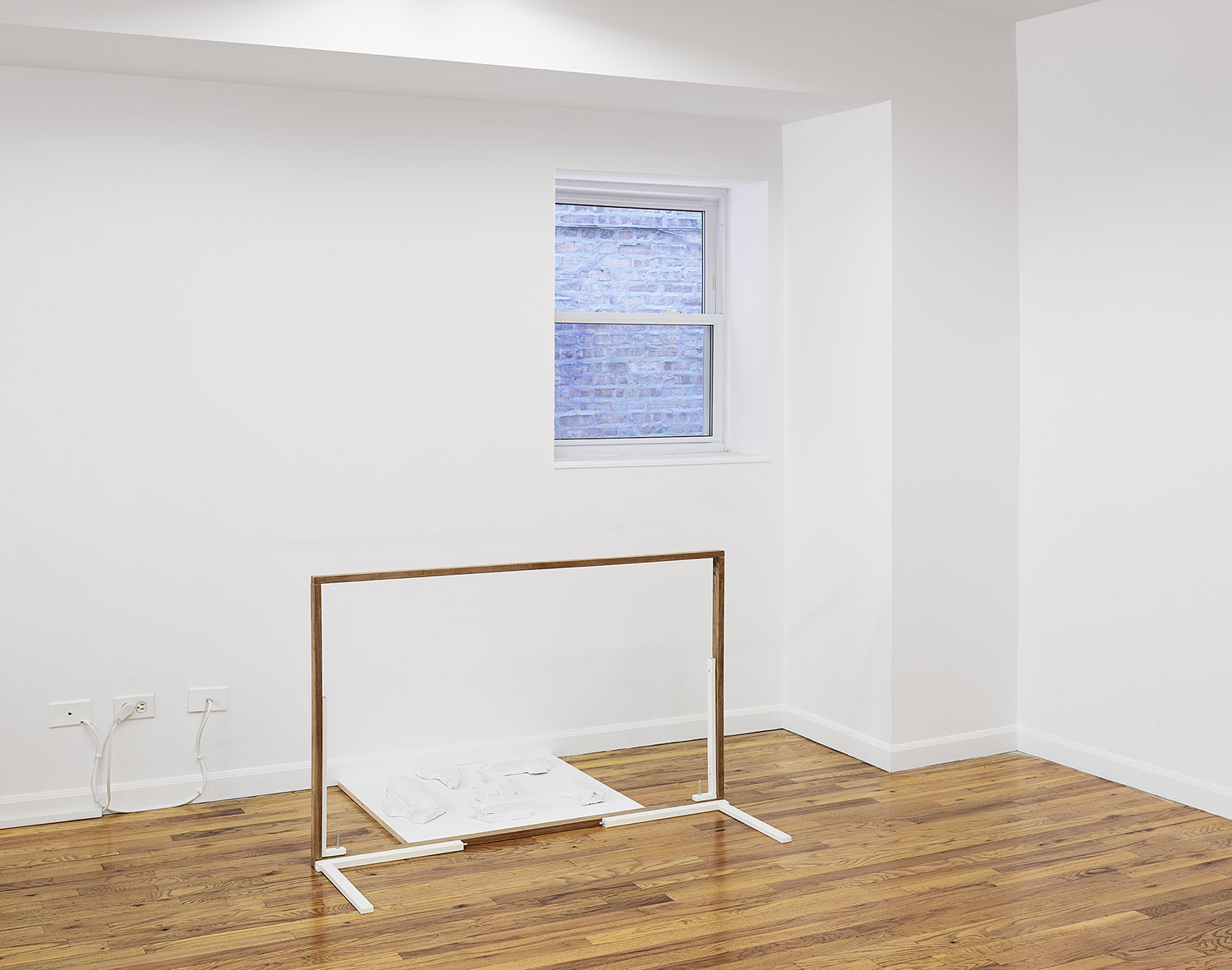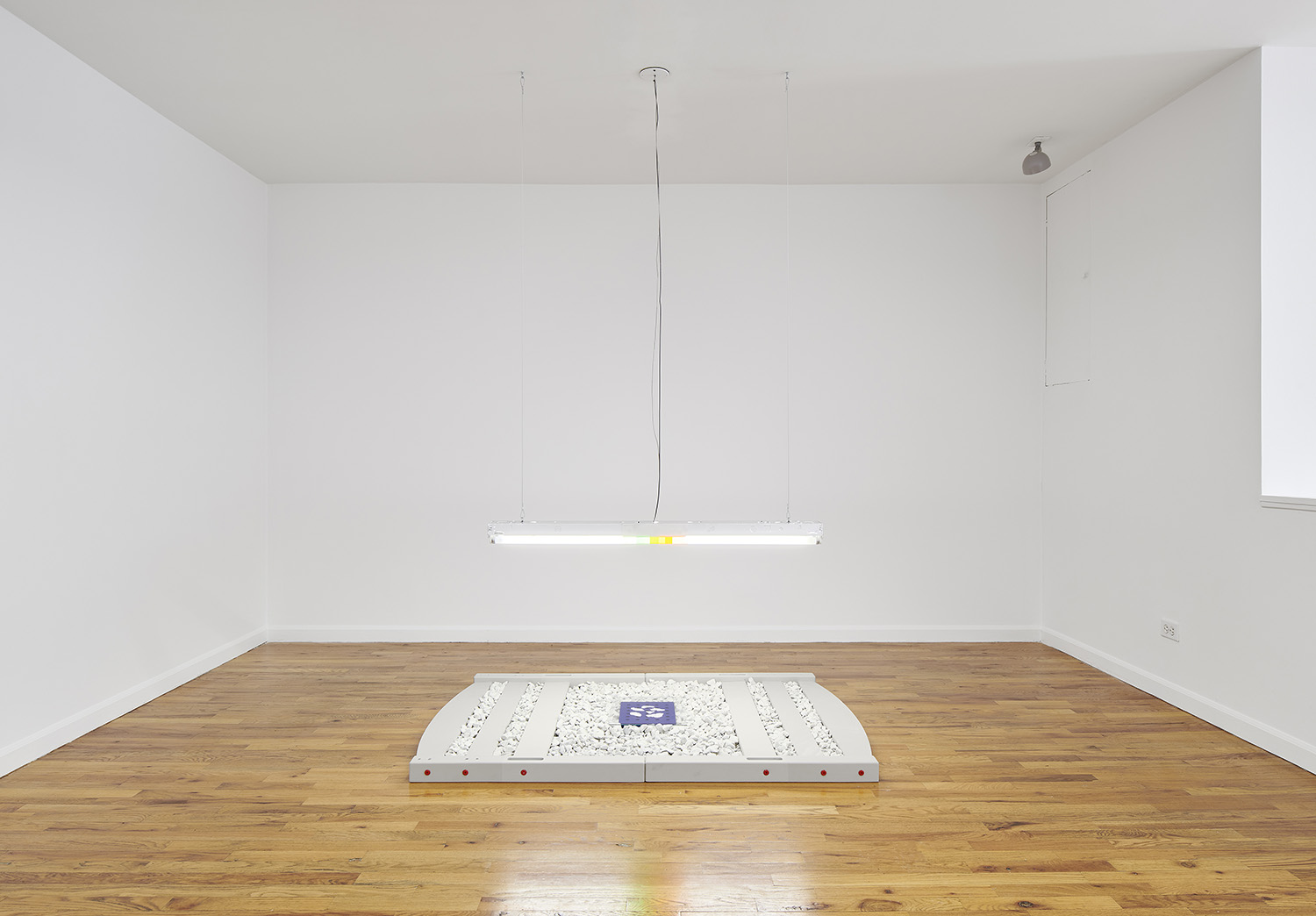Lindsey Dorr-Niro
object / coda
January 10 - February 22
object / coda
January 10 - February 22

Without immediately realizing it, an encounter with Lindsey Dorr-Niro’s work forces you to adjust your pace. The rules that once governed how you knew the objects, images, and spaces she coordinates within her work no longer seem to apply. Her ability to reshape relationships between knowledge and perception instigates a form of agency that allows alternatives to present themselves alongside received knowledge and beliefs.
Working primarily with found objects and images, Dorr-Niro creates works in sculpture, photography, video, and installation. While her practice certainly relies on the understandings she has developed from various theoretical, spiritual, and philosophical frameworks, it is her dedication to probing the unique potential for art to allow for the deepest, most expansive phenomenological engagements that makes it so generative. In her exhibition, object / coda, objects are organized and remediated through table-top arrangements and sculptures that can feel just as much like furniture or a gathering of parts that aren’t quite meant to go together. At times Dorr-Niro will adjust the appearance of certain materials by borrowing from external strategies in order to push them into a form of aesthetic cohesion necessary to the work. One particular sculpture makes use of components from a commercially available bed frame that she then painted a shade of beige recommended for bank lobbies. Laying on the floor, the gaps between the bed frame slats are filled with rocks that are the size and color that a landscape designer might recommend primarily for their bland, barely-noticeable presence. This use of designed elements, whose purpose is to aide in invisibility, speaks to Dorr-Niro’s consideration of the unseen influence that infrastructure has on the material, pictorial, and spatial makeup of our perception, and has certainly informed her approach to rearticulating architecture in this exhibition. The gallery is to be divided into a set of chambers established by various structures — some of which are artworks themselves, all of which are customized by the artist in order to reorganize potential modes of engagement within what is already a rather atypical, multi-level gallery architecture.
Further complicating the experience is Dorr-Niro’s use of remediation through photography and video. An object encountered directly at an early stage of the exhibition might reappear later as the subject of a photograph, or video, or both. Working in response to the architecture, Dorr-Niro constructs figurative platforms upon which interdependencies between image/object ensembles and the components comprising them can develop. By taking into account how and when certain works can be experienced and then re-experienced at different points in the exhibition, she is able to couple material remediations with spatial sequencing and create a rippling sense of estrangement throughout.
Considering the disparity between the materials and methods deployed by Dorr-Niro, her work achieves a remarkable state of clarity as she deftly provides and takes up spaces both physical and psychological. Throughout this exhibition, gaps are revealed and created, occupied and made empty, providing places for ephemeral accumulation and the useful residues they might leave behind. At a time when it’s nearly impossible to remain unaware of the overwhelming, insidious, neoliberal demands on our attention, object / coda reminds us why it is worth fighting to reclaim our own minds.
Biography
BOMB Magazine
Newcity
Performance

chorus, 2020, found materials, plywood, 35 x 88 x 48 inches; screen, 2020, aluminum, polyester screen, gaffer tape, 64 x 114 inches

re/frame, 2020, walnut, found furniture components, plywood, acrylic, plaster, pigment, 28 1/2 x 48 x 42 3/4 inches

Everything / nothing can grow here, 2020, found furniture components, acrylic paint, plexiglass, gravel, fluorescent light, lighting gels, 31 x 60 x 42 inches